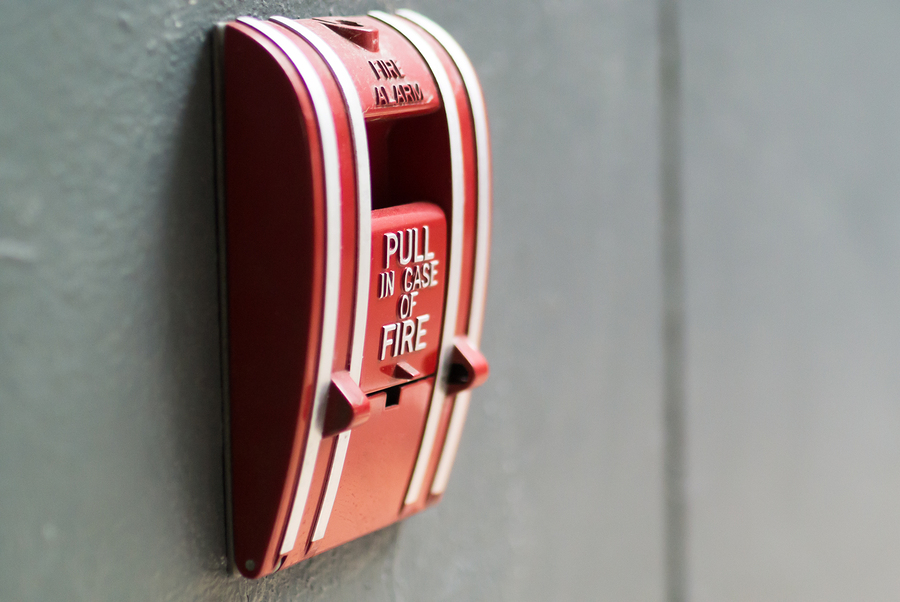Most people do not go about their daily lives thinking about the many possible threats to their safety. However, as a landlord and property owner, you must be diligent about protecting the safety of all residents and visitors to your premises.
The importance of keeping your property safe
If a tenant gets injured on one of your properties, there is a very high probability that you will be sued. Of course, you have an owner’s insurance policy to provide some financial protection, but you also have the responsibility to ensure the premises are safe, secure, and equipped with safe emergency egress. You can prevent a lot of problems by knowing all building and safety codes for the local area of your properties, scheduling routine life safety inspections, and being sure you perform some safety inspections yourself.
Safe emergency egress
Exit routes and corridors occasionally become cluttered by housekeeping equipment or other materials. Be sure that no carts or other equipment remain in corridors unless someone is actively using them. You may have remodeling, painting, or other contractor projects that lasts for weeks. The area should be roped off from residents and other persons not involved in the project. If it is an emergency exit route, it must remain open or you must provide a clearly identifiable alternate route. Be sure all emergency exits are maintained and free of any obstructions.
Exit doors
All doors used as a means of egress that are typically closed, like stairway doors or common entrances, should be self-closing. These doors should never be propped open with a wedge. Fire doors are vital pieces of safety equipment. They slow the spread of smoke and reduce the likelihood of injury and death if fire occurs. The National Fire Protection Association provides additional information to improve your preparedness for emergency situations.
Exit Lighting
Exits should be well-illuminated at all times. Check all exit locations weekly to catch any burned-out bulbs or non-functioning devices. You should routinely verify that auxiliary lights operate with back-up power. If you do use an emergency supply system (EPSS), it should also be inspected and tested weekly. All periodic testing and inspections of your emergency lighting should be documented and initialed by the person conducting the inspection.
It can be helpful to hire life safety consultants for an assessment of your property. Such specialists are aware of all codes and state requirements and can provide an objective view of seemingly innocuous problems that are inexpensive to correct.
Related Articles:
Multifamily Property Owners – Don’t Skip the Inspections!
Multifamily Property Checklist: An Owner’s Guide for Operating Apartment Buildings
Lead Your Multifamily Property Manager – Starting the Day You Close
Latest posts by Theresa Bradley-Banta (see all)
- Multifamily Common Areas Maintenance & Management Tips - March 31, 2020
- 8 Tenant Gift Ideas That Will Boost Your Bottom Line - November 11, 2019
- Need a Package Delivery System at Your Multifamily Rental Property? - October 28, 2019



